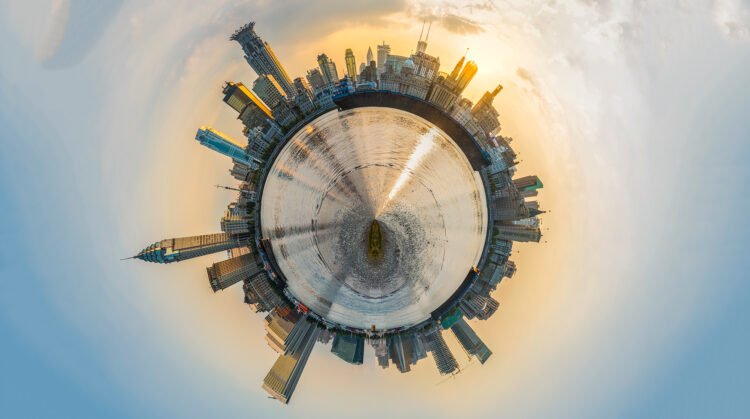A circular economy is an industrial system that is restorative or regenerative by intention and design. It is the economy in which people keep resources in use for as long as possible, extract the maximum value from them whilst in use, then recover and regenerate products and materials at the end of each service life.
A circular economy is an alternative to a traditional linear economy (make, use, dispose). Circular economy is fundamentally a prescription for creation of a highly resource efficient economy where carbon footprint will get automatically reduced.
For example, as for metals, circular economy prescription is that when products reach their end of life, they should be productively used again by way of recirculation and recycling.
It replaces the end-of-life concept with restoration, shifts towards the use of renewable energy, eliminates the use of toxic chemicals which impair reuse and return to the biosphere.
It aims for the elimination of waste through the superior design of materials, products, systems and business models.
Circular economy is based on four principles. They are:
Circular economy aims to design out waste. The products are designed and optimized for a cycle of disassembly and reuse. This sets it apart from disposal and even recycling, where large amounts of embedded energy and labour are lost.
It introduces a strict differentiation between consumable and durable components of a product.
Consumables in the circular economy are largely made of biological ingredients that are non-toxic and possibly even beneficial, and can safely be returned to the biosphere, either directly or in a cascade of consecutive uses.
Durables such as engines or computers, on the other hand, are made of technical nutrients unsuitable for the biosphere, such as metals and most plastics. These are designed from the start for reuse, and products subject to rapid technological advance are designed for upgrade.

The energy required to fuel this cycle should be renewable by nature, again to decrease resource dependence and increase systems resilience.
It replaces the concept of a consumer with that of a user which calls for a new contract between businesses and their customers based on product performance. The durable products are leased, rented or shared wherever possible. If they are sold, there are incentives or agreements in place to ensure the return and thereafter the reuse of the product.
Circular economy has the potential to increase productivity and create jobs, whilst reducing carbon emissions and preserving valuable raw materials. It provides for a way of creating value.
However, the challenge lies in building circular economy knowledge and capacity.
Circular Economy in India
The National Productivity Council (NPC) celebrated its 61st Foundation Day (as Productivity Day) on February 12, 2019 and also observed National Productivity Week from February 12-18.
The theme for 2019 was “Circular Economy for Productivity & Sustainability” to mark the transition from a linear to a circular economy that embraces economic growth and environmental sustainability and represents a unique opportunity for circular business models for Make – Use – Return.





